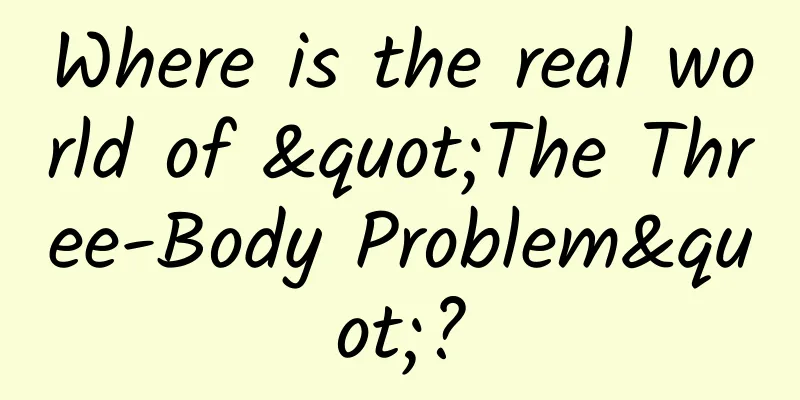How to name the APP version number correctly and elegantly?

|
As a mobile product manager, I often plan APP version iterations, so it is inevitable to determine the version number for the APP. In most cases, I may just decide the version number on a whim. Some companies may have dedicated project managers responsible for version management and version number naming, but most small companies may have product managers to do this work. After collecting some information online, I found that there are many standards and principles for naming APP version numbers. This article will share these standards and principles with you. 1. Why should we standardize the naming of APP version numbers? First of all, it is necessary to clarify which personnel need to use the APP version number. The first is the product manager, the second is the developer, the third is the project manager, and the fourth is the user. For product managers, APP version iterations are basically initiated by product managers. Therefore, in many cases, product managers roughly divide the version numbers when conducting demand management and version planning. The version numbers can help product managers better and more clearly screen and determine the requirements of each version. For developers, the version number is directly related to the code. Often, different versions are cross-developed and may be developed at the same time. In order to ensure the standardization and clarity of the code and avoid cross-confusion between different versions, the version number is an extremely important link. For project managers, the version number is a unique identifier in requirement management. Work needs to be managed and distributed based on the version number. It is also for better communication and marking during the software product life cycle. For users, although the version number is just a string of numbers, it gives users the perception that it is a constantly updated number, and they can use the version number to determine whether their APP is the latest. 2. Composition and specification of APP version number In many cases, the version number may only follow two principles and specifications, namely, the basic principle that the version number is unique and is a string of numbers. Before introducing the naming conventions and principles of APP version numbers, we first need to understand the composition of APP version numbers. The software version number consists of four parts: <Main version number> <Sub version number> <Phase version number> <Date version number plus Greek letter version number> There are five types of Greek version numbers: base, alpha, beta, RC, and Release. For example: 2.1.0.181209_Release. The following is a brief description of the Greek letter version number:
For most APPs, the GNU-style version number management strategy is generally adopted. The complete version number of the APP consists of three groups of numbers "<main version number.><sub-version number>.<stage version number>", that is, XYZ, where X, Y, and Z are all positive integers. 3. Naming and modification rules of APP version number 1. Major version number
2. Subversion number
3. Phase version number
Summarize Although the version number is just a string of numbers, it is a meaningful string of numbers for product managers, developers, and users. It can not only standardize the life cycle of the version, but also facilitate communication and work among internal personnel. It is not rigorous and standardized to name the version number based on your own ideas, and product managers need to pursue perfection. I hope the above APP version naming standards can provide some reference for everyone. |
<<: WeChat responds to the "killed" process of upgrading to iOS 13.2: urgent repair is underway
Recommend
Space telescopes: a different way of imaging
Not long ago, NASA officially released the first ...
The Art of War 100 episodes cartoon video
This course has made 100 famous events in history...
Apple responds to slow progress in iPhone 6s battery replacement: We don't have that much stock
The China Consumers Association recently issued an...
Case | How to use SEM to acquire customers stably and at low cost after the market is saturated?
With the market saturation, the decrease in incre...
Can your car wirelessly charge your iPhone 8? 99% of Cadillac owners are crying
As Apple's new flagships this year, the upgra...
Can AI change the way science is done?
Artificial intelligence (AI) is shaping the scien...
Known as Beijing’s “native goat,” it’s actually a little-known “rock climbing expert”!
Recently, nine trapped Chinese gorals, a national...
How to improve the conversion rate of the lead generation training camp?
The following is a review of a recently concluded...
Uncovering the Universe's Invisible Messengers: Groundbreaking Discovery from IceCube Neutrino Observatory
Your browser does not support the video tag Autho...
Google SEO Webmaster Tools Data and Analysis
Google Webmaster Tools is a very powerful and ver...
China Passenger Car Association: Narrow passenger car retail sales are expected to reach 2.05 million units in December 2021
In November, the market was affected by both chip...
Beware of these "Spring Festival diseases"! If you encounter similar situations, go to the hospital immediately!
Expert of this article: Li Tian, Chief Physicia...
While promoting the app, the daily activity is decreasing?
This time, I will mainly share some strategies an...
What does glass that can regulate sunlight look like?
Produced by: Science Popularization China Produce...
2020 Mobile App Purchase White Paper
At the beginning of the new year, we released the...









